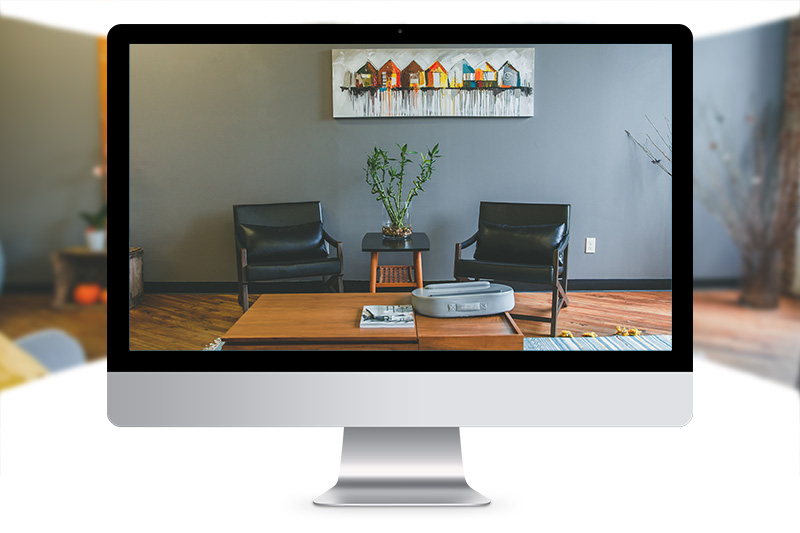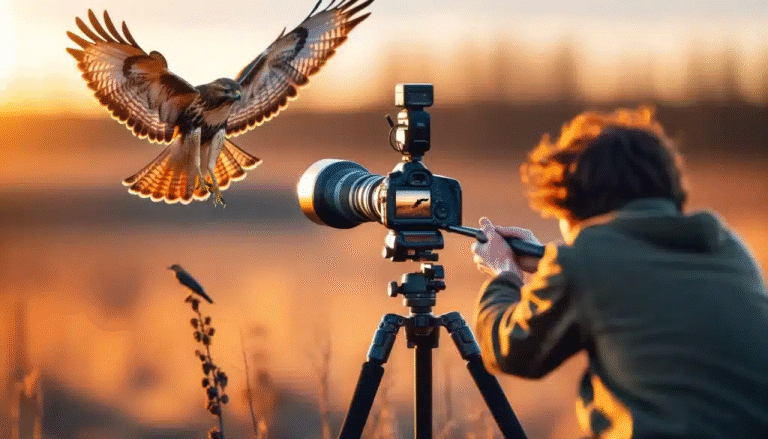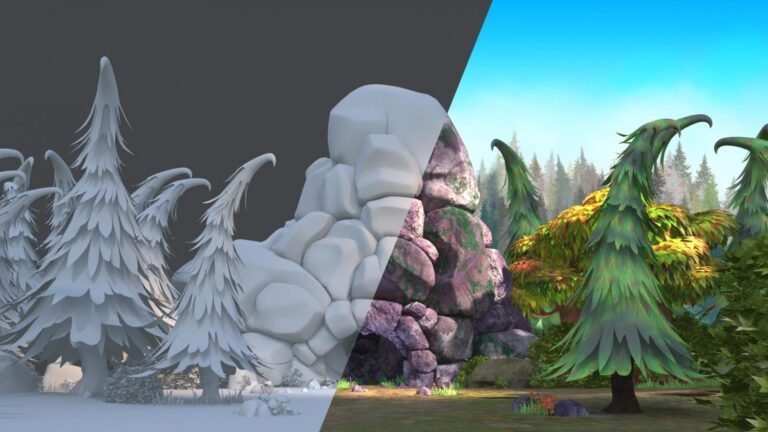
Virtual tours are now a necessity for real estate brokers and art gallery curators to present houses and exhibitions virtually. They provide an interactive, 360-degree experience that enables viewers to go through spaces from the comfort of their own homes. Building an immersive virtual tour sounds complex, but with the right tools and instructions, it can be easy and efficient.
The initial step is to take high-quality 360-degree images of the area. Utilize a stable 360 camera like the Insta360 X4, Ricoh Theta X, or GoPro MAX. These types of cameras are specifically made to capture the whole room in one shot so that visitors have the ability to look around while taking the tour. Be sure to snap several photographs from various positions and perspectives around the property or gallery to capture every area.
Lighting plays a vital role in quality pictures. Daylight is perfect, so it’s always advisable to shoot in the daytime. Switch on all the lights in the property or gallery to get rid of shadows and make the maximum part of each corner well visible. Level the camera on a tripod to get a smooth and professional effect.
Finally, use virtual tour software to compile the images and construct the interactive experience. Some of the most popular platforms include Matterport, Kuula, and 3DVista. These programs enable you to upload your 360 photos, insert navigation points (hotspots), labels, and even background sound or voiceover to help guide visitors along the tour. You can also insert information tags on certain artworks or rooms, giving visitors more background that makes the tour more interesting.
For property, it’s beneficial to structure the tour in an orderly progression, say, beginning at the front door and progressing via the living room, kitchen, bedrooms, and outside spaces. For galleries of art, organize the works by theme, artist, or room configuration. Exhibitors should be able to walk around and get a sense of where everything is without getting bewildered.
Virtual tours should also be mobile-friendly, as many people access them via their smartphones. Make sure your chosen software supports responsive design and loads quickly on all devices. Once the tour is complete, it can be shared through a link, embedded on a website, or even uploaded to social media platforms or Google Street View for wider reach.
Conclusion
Virtual tours of real estate and art galleries are an effective method of engaging possible clients and visitors on the internet. With a suitable camera, suitable lighting, and simple-to-use software, anyone can create a superior quality, interactive experience. These tours not only save time but provide more dynamic means of exposing spaces and artworks to a worldwide audience. As virtual experiences are on the rise, providing detailed and well-organized virtual tours is a wise and necessary component of digital marketing today.



